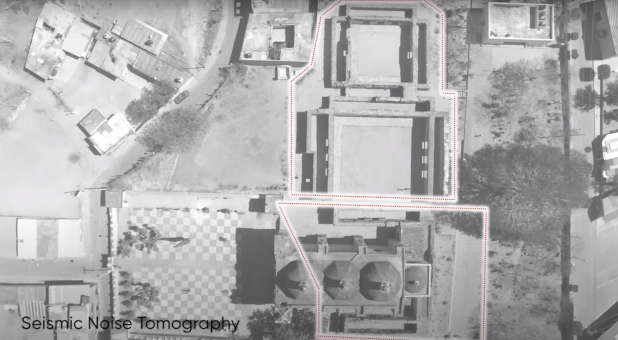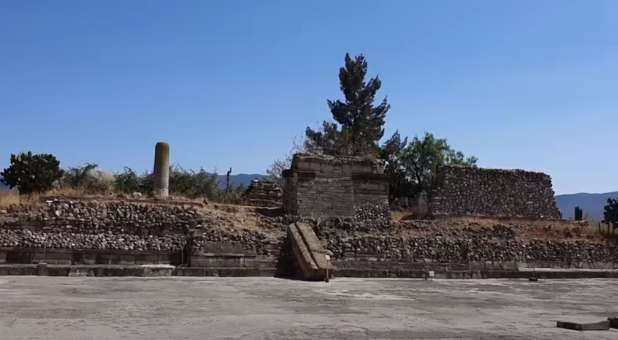Ancient ‘Gateway to Hell’ Discovered Under Church
Amidst the craziness of 2023, an astonishing discovery has emerged from a church—an entrance to the underworld. It is an intriguing find, shedding light on the historical beliefs of the Zapotec culture.
The structure, found in the Mitla, Mexico site, was once considered a gateway to hell. It consists of a labyrinth of underground passages extensively used by the Zapotecs, who inhabited the region for over 2,200 years until the arrival of the Spanish in 1521.
Although the origins of the structure date back even further, it was the Zapotecs who expanded the site before eventually leaving.
In the late 16th century, after the Spanish conquest, a Catholic church and other edifices were constructed atop the site. According to Zapotec tradition, the ruin was believed to be a portal to the realm of the deceased, and it is suspected that the entrance to the underground passages may be located beneath the church’s main altar.
 The Mexican National Institute of History and Anthropology (INAH), the National Autonomous University of Mexico (UNAM), the Association for Archaeological Research and Exploration and the ARX Project joined forces to investigate this remarkable find. Employing geophysical scanning techniques, they uncovered a complex network of tunnels. However, the most significant discovery thus far is an area approximately 16 to 26 feet below ground level, which may reveal a sizable chamber.
The Mexican National Institute of History and Anthropology (INAH), the National Autonomous University of Mexico (UNAM), the Association for Archaeological Research and Exploration and the ARX Project joined forces to investigate this remarkable find. Employing geophysical scanning techniques, they uncovered a complex network of tunnels. However, the most significant discovery thus far is an area approximately 16 to 26 feet below ground level, which may reveal a sizable chamber.
This development is both thrilling and only the initial phase of exploration.
The ARX Project, one of the key contributors to the discovery, released a statement affirming:
“In 1674, Dominican father Francisco de Burgoa described the exploration of the Mitla ruins and their subterranean chambers by a group of Spanish missionaries. Burgoa’s account describes an expansive subterranean temple consisting of interconnected chambers, housing the tombs of high priests and kings of Teozapotlán.
“From the final subterranean chamber, a stone door led to a deep cavern extending thirty leagues underground. This cavern was crisscrossed by passages resembling streets, with pillars supporting its roof. According to Burgoa, the missionaries sealed all entrances to this underground labyrinth, leaving only the palaces above ground.”
This discovery parallels the studies of L.A. Marzulli, who has spent years studying the Nephilim. Discoveries from ancient Israel show that there were tribes of possible Nephilim who lived in a series of caves and spent a large amount of time underground. Just like the cave system found beneath the Mitla site. {eoa}
James Lasher is Staff Writer for Charisma Media.




























































